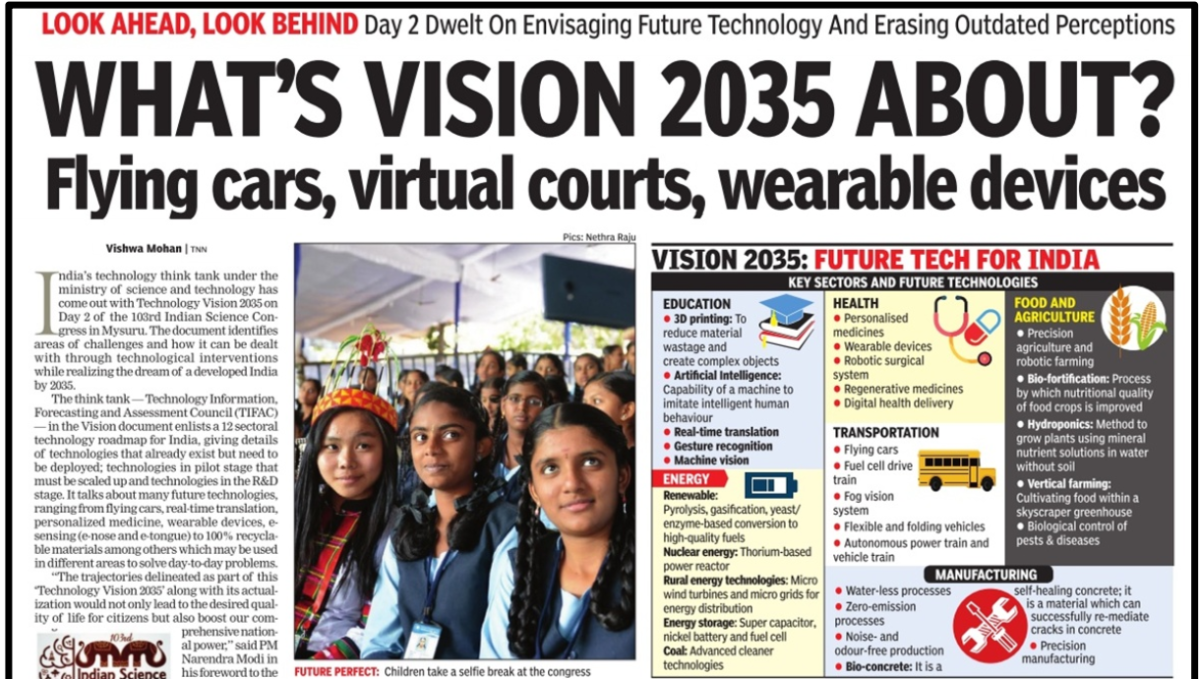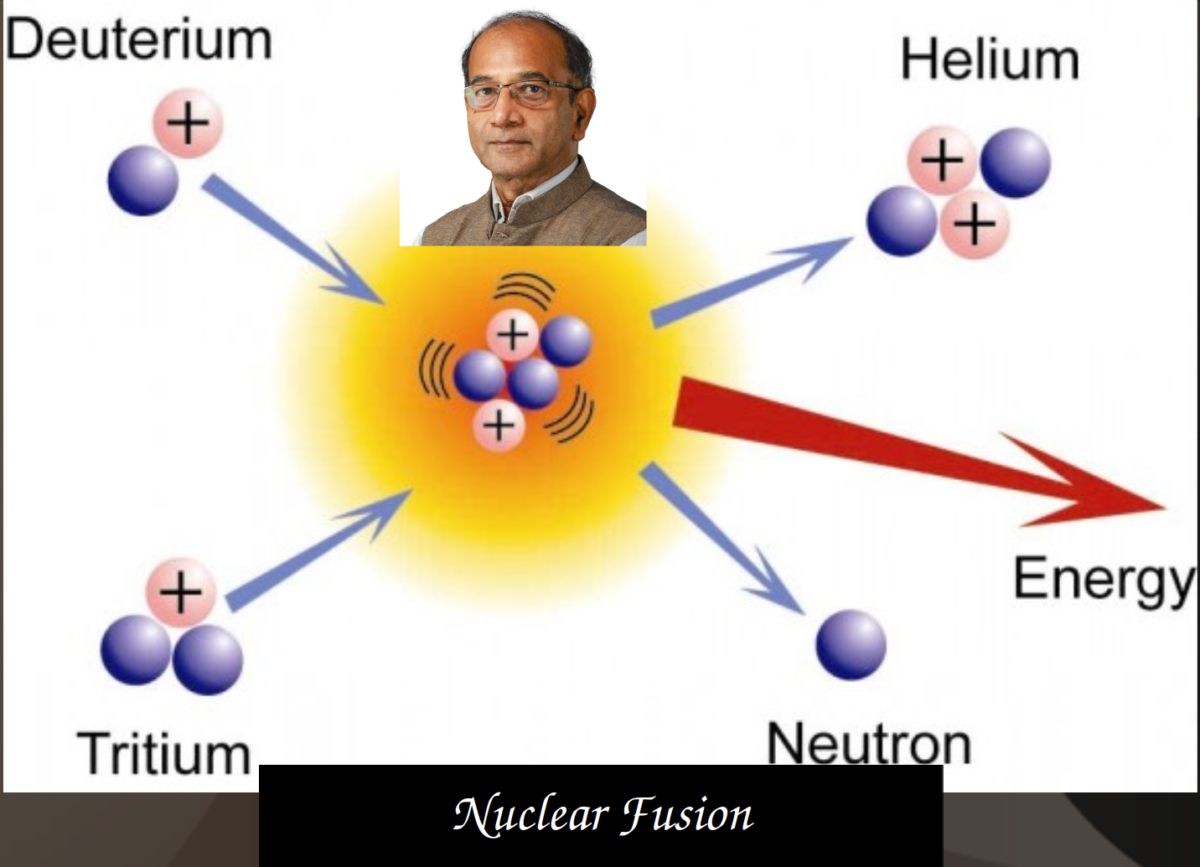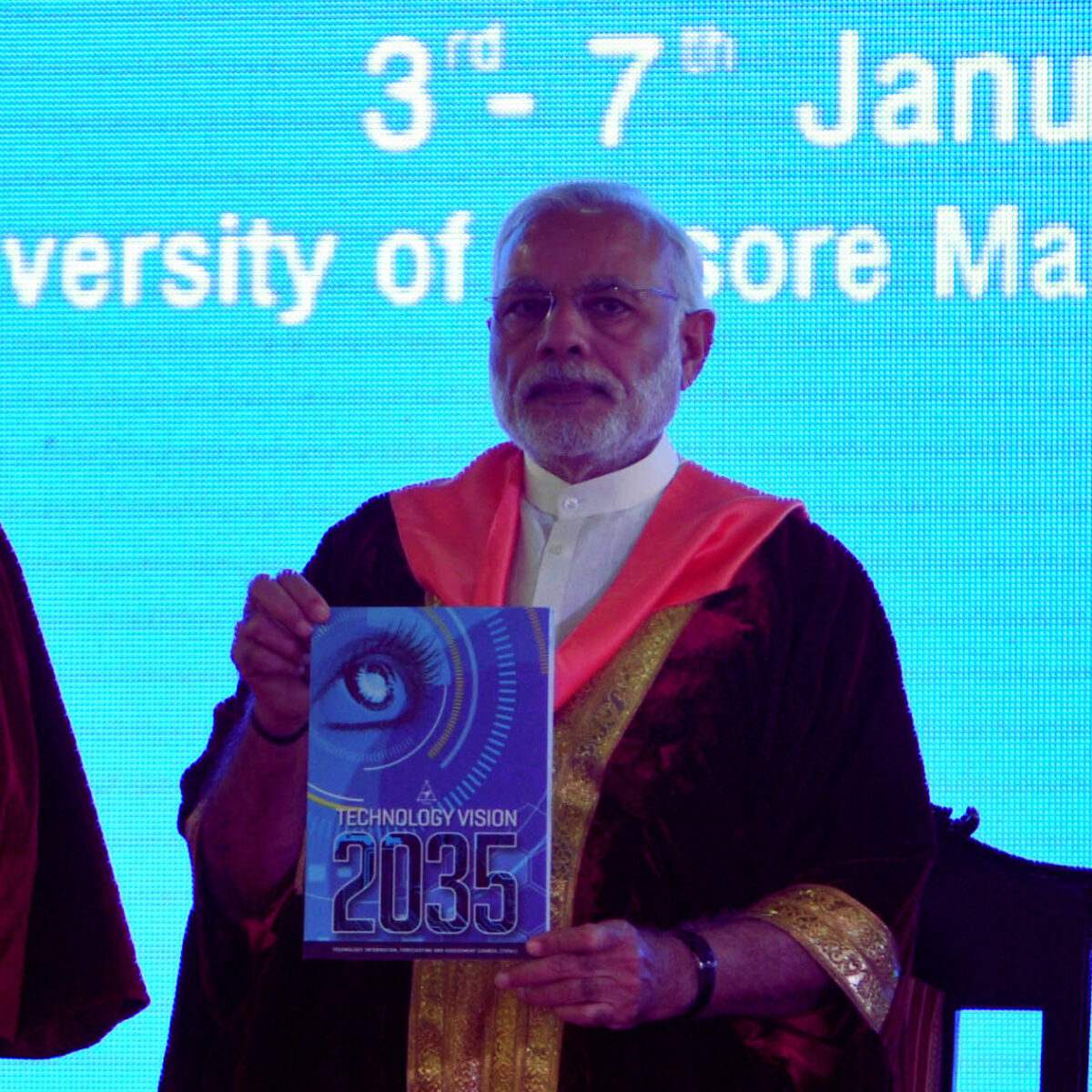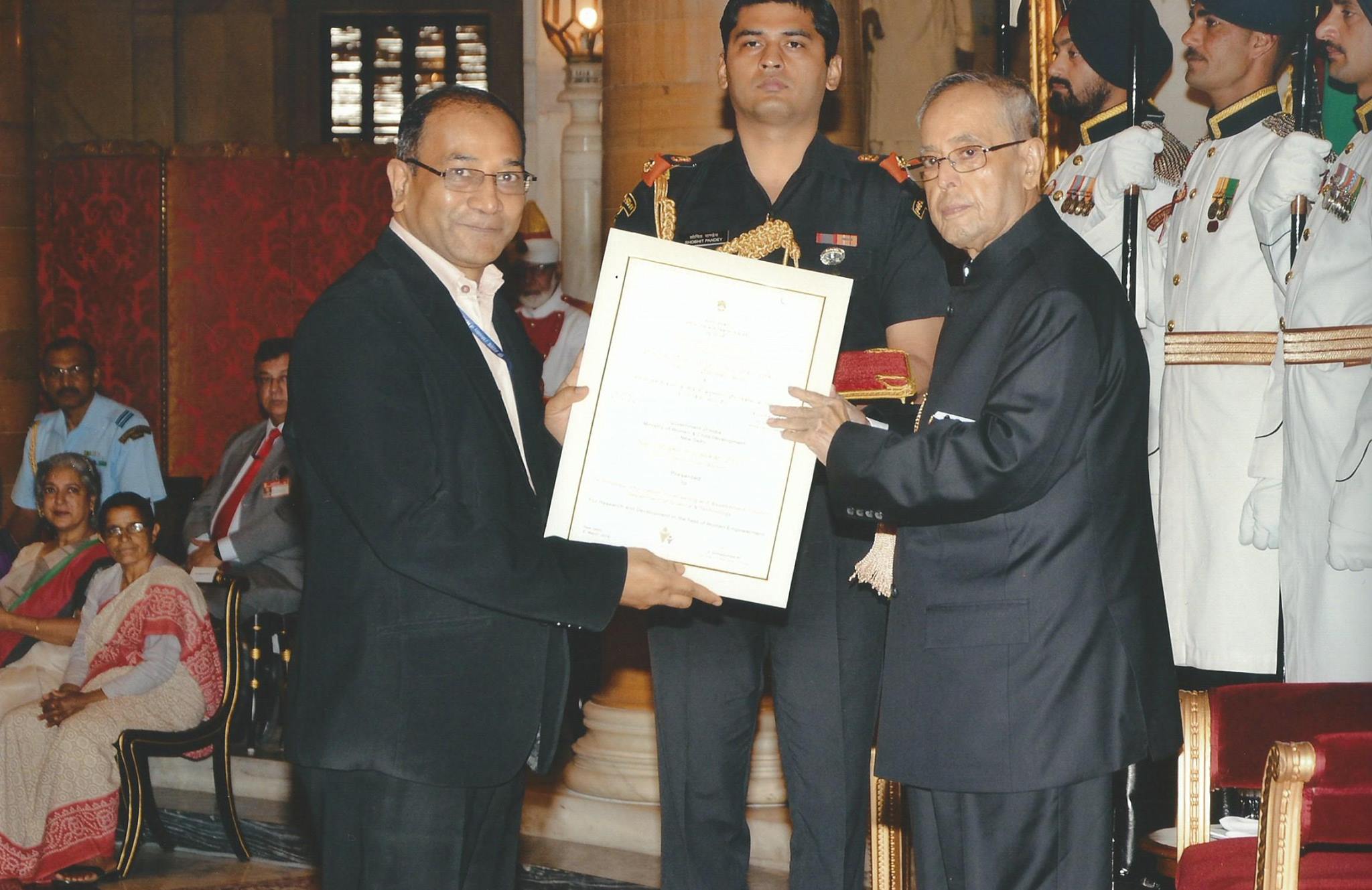The International Monetary Fund (IMF) has projected India to become a $5 trillion economy with the third largest GDP in 2027-28, early in the ‘Amrit Kaal’ on the path to achieving the goal of becoming an advanced economy by 2047. “Outlook” magazine has tried to identify “visionaries” of India under whose guidance, India is moving towards achieving this goal in a special anniversary edition.
Continue reading “Prof Prabhat Ranjan Listed Among “Visionaries of India” by Outlook Magazine”Prof Prabhat Ranjan Listed Among “Visionaries of India” by Outlook Magazine
Prof Prabhat Ranjan has been identified by Outlook Magazine as one of the visionaries to take India towards a $ 5 Trillion economy







